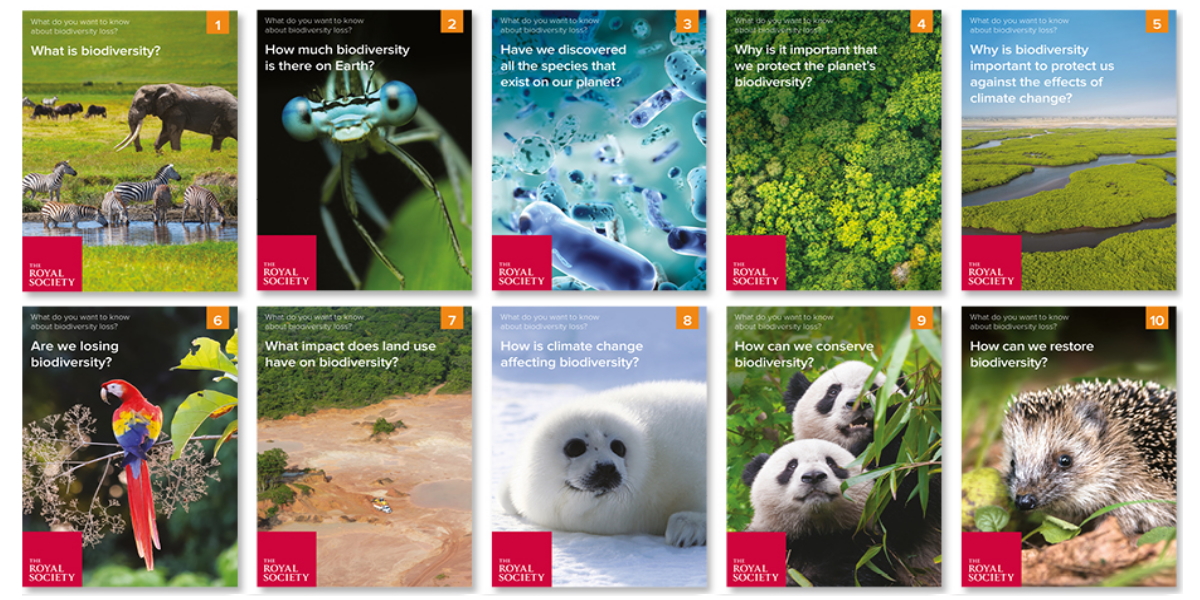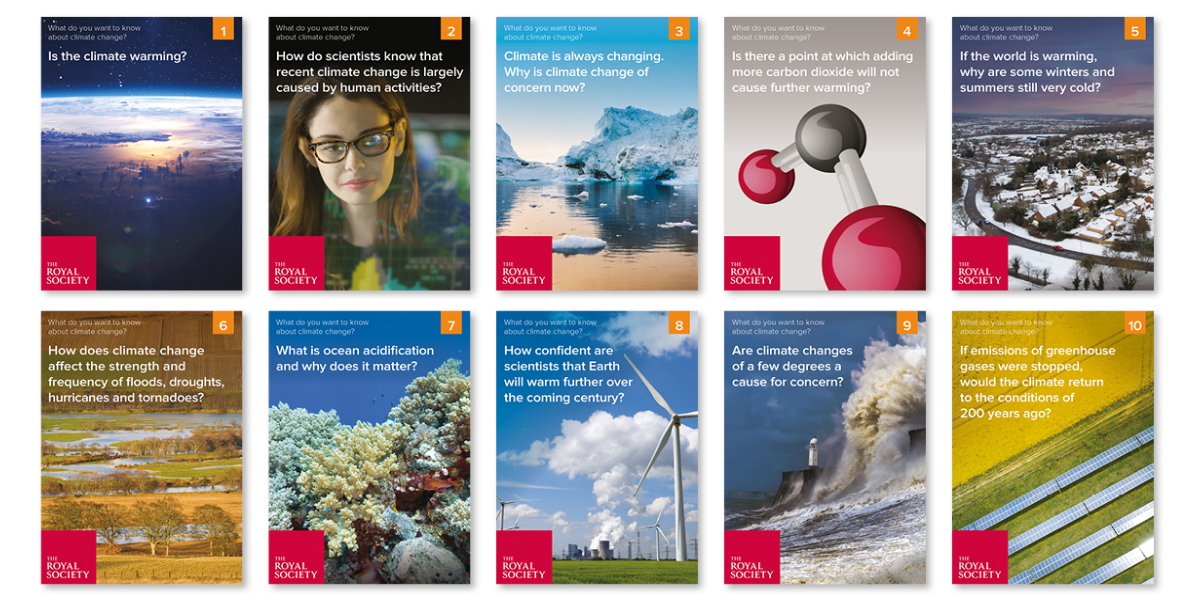Filters
Clear allSubject
- Careers (27) Apply Careers filter
- Climate Change (6) Apply Climate Change filter
- Computing (34) Apply Computing filter
- Creative arts and media (2) Apply Creative arts and media filter
- Cross curricular (20) Apply Cross curricular filter
- Design and technology (131) Apply Design and technology filter
- Engineering (43) Apply Engineering filter
- Food Preparation and Nutrition (5) Apply Food Preparation and Nutrition filter
- Mathematics (163) Apply Mathematics filter
- Psychology (2) Apply Psychology filter
- Science (256) Apply Science filter
- Space (1) Apply Space filter
- STEM Ambassadors (14) Apply STEM Ambassadors filter
- STEM Clubs (5) Apply STEM Clubs filter
Age range
Type
- Activity sheet (224) Apply Activity sheet filter
- Assessment (2) Apply Assessment filter
- Data set (7) Apply Data set filter
- Experiment (2) Apply Experiment filter
- Game (6) Apply Game filter
- Group work (10) Apply Group work filter
- Image (18) Apply Image filter
- Information sheet (53) Apply Information sheet filter
- Interactive resource (8) Apply Interactive resource filter
- Open-ended task (5) Apply Open-ended task filter
- Poster (13) Apply Poster filter
- (-) Remove Presentation filter Presentation
- Quiz (4) Apply Quiz filter
- Research (5) Apply Research filter
- Self assessment (2) Apply Self assessment filter
- Teacher guidance (303) Apply Teacher guidance filter
- Textbook (4) Apply Textbook filter
- Video (58) Apply Video filter
- Include Physical Resources (0) Apply Include Physical Resources filter
Showing 511 results
This resource looks at the key features, advantages and disadvantages of tidal power as an energy source. Students identify the features of a landscape which will maximise the effectiveness of tidal power, considering the ideal shape of the location, whether the machinery will interfere with other activities,...
This resource explores what volcanoes are and some of their key features. Students will learn why volcanoes erupt and the difference between effusive and explosive eruptions as well as understanding the effects magma viscosity can have on lava flows and eruptions by conducting experiments to test the impact of...
This activity introduces students to an exciting technique at the forefront of brain research, functional magnetic resonance imaging, or fMRI. Researchers use this powerful imaging technique to pinpoint precisely which areas of the brain are associated with different activities.
The activity guides students...
This resource pack can be used to highlight issues such as global water scarcity, the challenges people face when sourcing water and maintaining a water supply in developing countries and the role of the engineers in solving these problems. Following a quick quiz, a presentation introduces the scale of local and...
This resource from the IET Faraday programme, supported by MEI and Tomorrow's Engineers, looks at the trigonometry and scale drawing involved in the construction of water wheels.
"A water wheel is a machine for converting the energy of flowing or falling water into useful forms of...
This resource, from Siemens UK, encourages students to appreciate the importance of clean water and the problems that may arise in the absence of it. Students consider soluble and insoluble pollutants and methods of filtration. They then explore contamination by microorganisms, water-borne diseases and the...
This resource from the IET Faraday programme, supported by MEI and Tomorrow's Engineers, asks students to use Pythagoras' Theorem and geometric constructions to find the optimal place for a water well.
"In a large semi-desert area, three small villages are to share a new well....
This short activity introduces students to the ideas of the footprint and resolution of an image, asking them to choose and use appropriate methods to calculate how these quantities would change as they moved a camera to a series of vantage points above the surface of the Earth
This activity uses a humorous video to raise a serious question: can science tell us what animals are saying, and interpret their emotions? The Bow-lingual dog translator claims to detect animal emotions by analysing bark sounds waves. Students use research evidence to decide whether the device does what it claims...
The Nuffield Foundation provide this resource which can be used to introduce the idea of representing objects using plans and elevations. Students will have the opportunity to identify everyday objects photographed from plan and elevation views, draw 3D sketches of solids from their plan and elevation views, as...

These evidence-based, question and answer style classroom resources can be used to engage students of all ages...

These evidence-based, question and answer style classroom resources can be used to engage students in the climate...
In this resource a presentation and linked activities provide design and technology teachers with opportunities to highlight the different values and beliefs that designers may hold. Students can engage in exploring their own values about the responsibilities of designers and companies too. The presentation ...
With the increasing pressure of a growing human population it is becoming increasingly difficult to conserve natural habitats. Ultimately, not every green space can be afforded conservation protection. This field study encourages students to act as environmental scientists to compare different habitats and decide...
